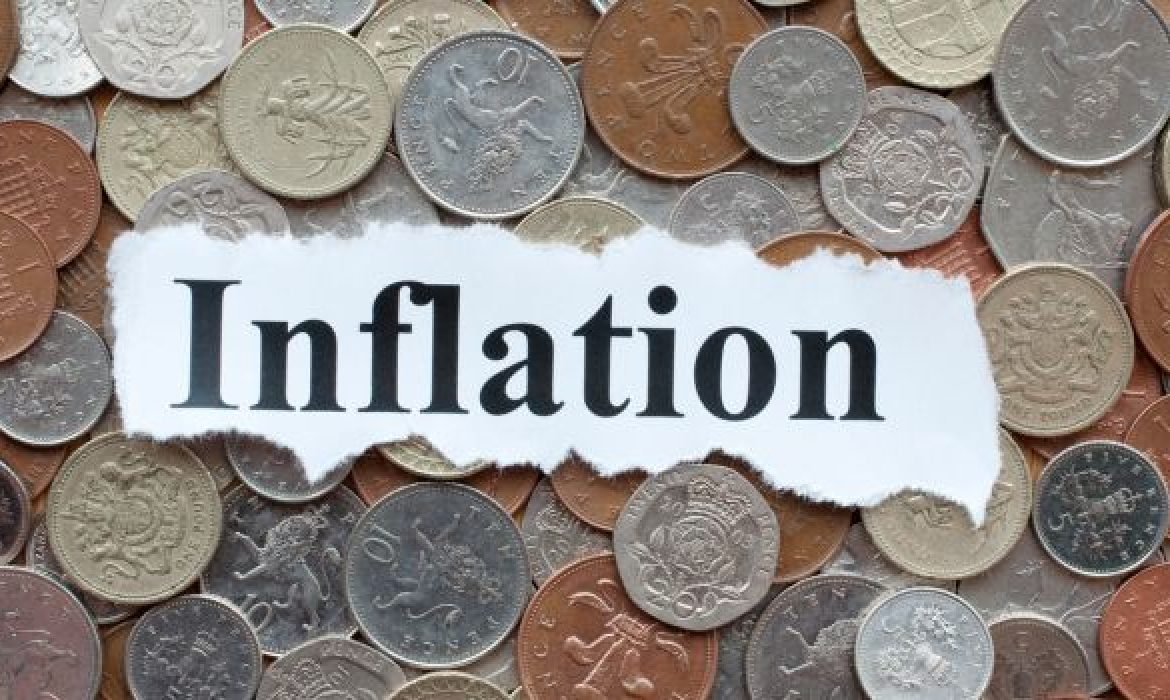
Date Issued – 2nd September 2025
Courtesy of the Research Department at Balfour Capital Group
Key Points
- Pound Slides on Fiscal Concerns: Sterling fell 0.9% against the dollar as investors weighed U.K. fiscal risks, dragging European equities lower across major indexes.
- Trump Escalates Trade Rhetoric with India: The U.S. president blasted the trade relationship as “one sided,” following Modi’s China visit, amid heightened tensions over Washington’s 50% tariffs on Indian goods.
- Asia Stocks Mixed Amid Tariff and Fed Uncertainty: Regional markets diverged, with Japan and South Korea higher but China and Hong Kong easing from recent peaks as investors braced for U.S. jobs data.
- Eurozone Inflation Tops Forecasts: Headline CPI ticked up to 2.1% in August, above expectations, though cooling services inflation reinforced views that the ECB will hold rates steady next week.
British Pound Slides 0.9% Against U.S. Dollar
Sterling slid 0.9% against the dollar on Tuesday as concerns over the U.K.’s fiscal trajectory pressured sentiment, while broader European equities also lost ground amid persistent tariff uncertainty.
The Stoxx Europe 600 dropped 0.6%, led lower by declines in Fresenius Medical Care after a UBS downgrade, though Partners Group outperformed with stronger-than-expected profits. Italy’s banking sector remained in focus as Monte dei Paschi sweetened its bid for Mediobanca with a partial cash offer, intensifying takeover speculation. Investor attention now turns to euro zone inflation figures and Spanish unemployment data, with U.S. tariff policy and seasonal equity weakness looming in the background.
Trump Calls India-U.S. Trade Relationship “A Totally One Sided Disaster”
U.S.-India trade tensions deepened Monday after President Donald Trump blasted the relationship as “a totally one sided disaster” in the wake of Prime Minister Narendra Modi’s visit to China. Trump said India’s belated offer to cut tariffs to zero was insufficient, reiterating grievances over high Indian duties and continued purchases of Russian oil and arms.
The U.S. recently imposed 50% tariffs on Indian goods, including secondary duties last month, intensifying strains after two decades of improving ties. While experts see closer India-China engagement as strategically significant, doubts remain over deep alignment, leaving Washington’s trade stance increasingly isolated.
Asia Stocks Mixed on U.S. Rates and Tariff Caution
Asian equities traded mixed Tuesday as investors weighed U.S. tariff uncertainty, prospects of Fed rate cuts, and weaker Chinese data. Japan’s Nikkei gained 0.5% and South Korea’s KOSPI rose 0.9% after softer inflation bolstered expectations for policy easing, while Singapore edged higher.
In contrast, China’s CSI 300 and Shanghai Composite slipped nearly 1% as August PMI readings highlighted slowing activity, sparking profit-taking in chip stocks like SMIC and Hua Hong. Hong Kong’s Hang Seng also retreated 0.7%. Australia’s ASX 200 dipped on weaker trade data ahead of GDP figures, while India’s markets remained pressured under newly implemented 50% U.S. tariffs.
Eurozone CPI Ticks Up to 2.1%, ECB Seen Holding
Euro-area headline inflation edged to 2.1% in August, surprising consensus for an unchanged 2.0% print, while core held at 2.3% and services eased to 3.1% from 3.2%, signaling domestic pressures continue to cool. Markets faded the data: the euro slipped 0.6% to $1.1640 and the Stoxx 600 fell 0.7% in morning trade.
With growth still fragile (Q2 up 0.1% q/q) and a new EU-U.S. trade deal imposing a 15% blanket duty on EU exports, economists expect the ECB—on hold since July at 2%—to keep rates steady in September and watch incoming activity and services inflation.
Conclusion
Global markets are navigating a period of heightened volatility driven by political pressures, trade disputes, and inflation dynamics. Sterling weakness highlights investor unease over U.K. fiscal stability, while Trump’s renewed attacks on India underscore the disruptive potential of U.S. tariff policy.
In Asia, sentiment remains cautious as investors await U.S. labor data that will shape expectations for Fed policy.
Meanwhile, euro zone inflation’s modest uptick above target suggests the ECB will remain in a holding pattern. Overall, the outlook favors selective positioning, with investors balancing geopolitical risks against opportunities in resilient sectors and regions.
Investment Insights
- Sterling Fragility: The pound’s decline underscores fiscal stress in the U.K., suggesting investors should maintain caution toward U.K. assets until budget clarity improves.
- Trade Uncertainty: Escalating U.S.-India tensions highlight the risk of supply chain disruptions, warranting defensive positioning in export-reliant sectors.
- Fed Sensitivity: Asian markets’ muted tone reflects anticipation of U.S. jobs data, reinforcing the importance of monitoring labor figures as a catalyst for rate expectations.
- Euro Zone Stability: With inflation slightly above target but core easing, the ECB’s likely rate pause supports steady bond yields, favoring selective European equity exposure.
Economic Calendar
| Date | Event | Why It Matters |
|---|---|---|
| Wed, Sept 3 | Federal Reserve Beige Book | Offers regional economic insights ahead of the Fed’s September rate decision. |
| Thu, Sept 4 | Broadcom Q3 Earnings | Key proxy for AI/tech sector strength following Nvidia’s results. |
| Fri, Sept 5 | August U.S. Nonfarm Payrolls | Crucial gauge of labor market health and Fed rate-cut expectations. |
| All Week | Additional U.S. Economic Indicators | Includes ISM PMIs, ADP jobs, trade data, JOLTS—key inputs shaping growth and policy outlook. |
Disclaimer: This newsletter provides financial insights for informational purposes only. It does not constitute financial advice or recommendations for investment decisions.




